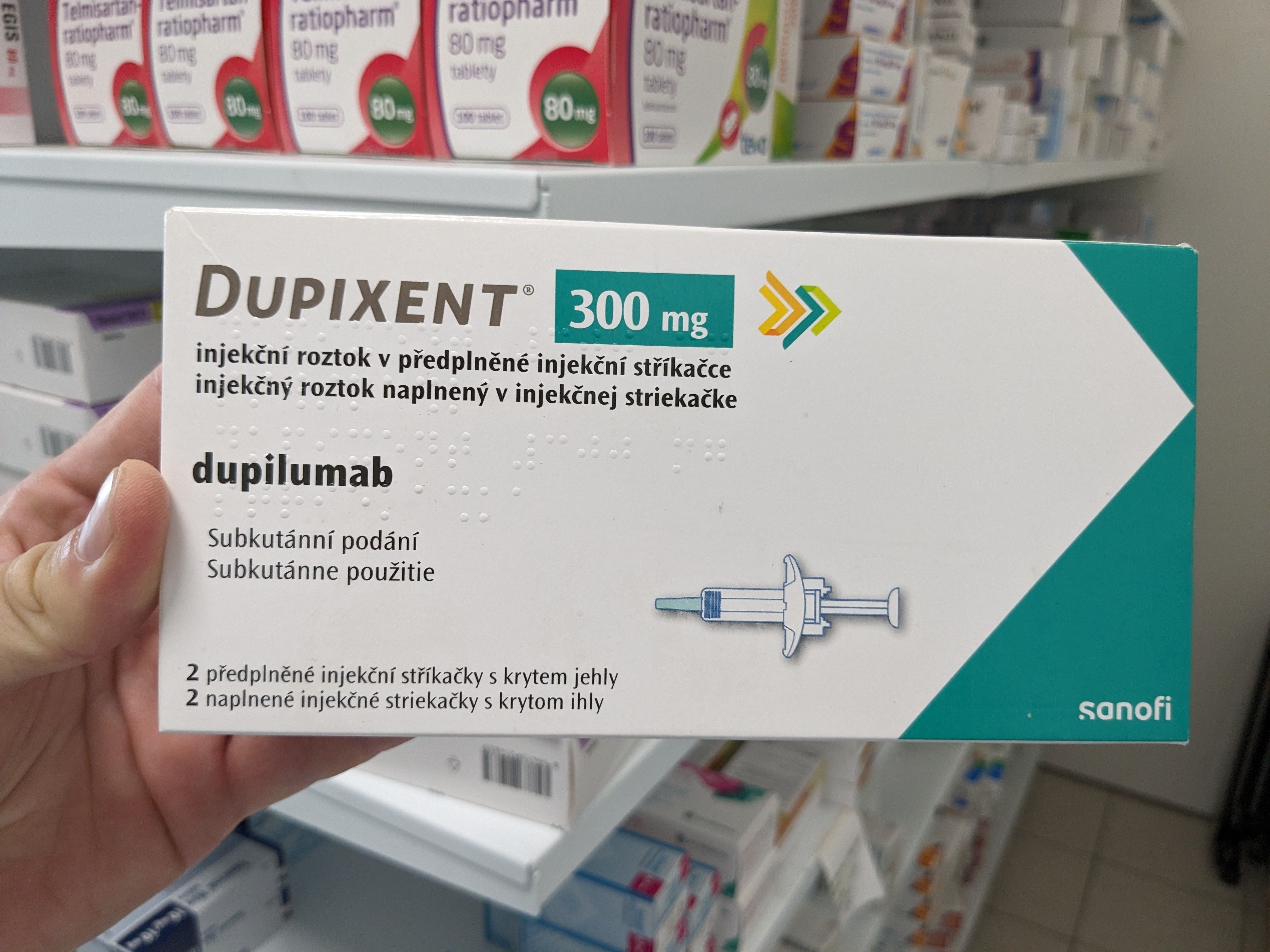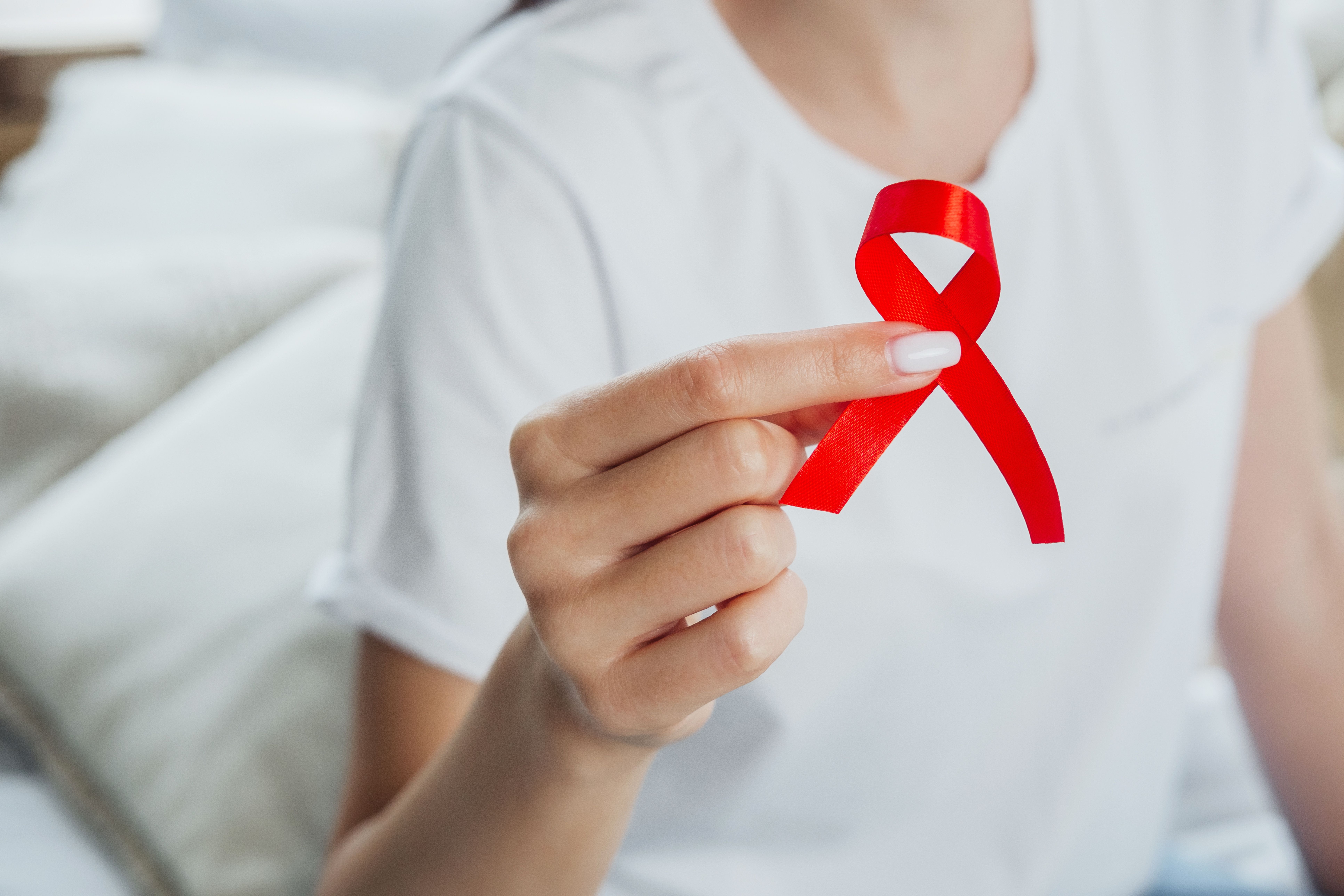Article
Using Gamification and Social Incentives to Increase Physical Activity
Author(s):
The application of gamification has become an increasingly popular way to stimulate physical activity amongst Americans. With more than half of American adults not obtaining the proper amount of physical activity needed, many are at a higher risk for cardiovascular disease, and gamification has proven to be a viable way to address the issue.
The application of gamification, the use of gaming elements such as level advancement and point systems, has become an increasingly popular way to stimulate physical activity amongst Americans. With more than half of American adults not obtaining the proper amount of physical activity needed, many are at a higher risk for cardiovascular disease, and gamification has proven to be a viable way to address the issue.
JAMA Internal Medicine recently published the findings of a randomized clinical trial that tested the success of gamification intervention on the rate of physical activity amongst families through the use of social incentives. The activity was tracked by either a smartphone application or a wrist-worn device.
The Behavioral Economics Framingham Incentive Trial (BE FIT), took place between December 7, 2015, and August 14, 2016, and consisted of a 2-week run-in period, a 12-week intervention period, and a 12-week follow-up period. The community-based study focused on families enrolled in the Framingham Heart Cohort. After random selection, 200 adults from 94 families were included in the study. The mean age was 55.4 and 56% of participants were female. To enroll, participants had to be 18 years or older, have at least 1 other family member in the Framingham Heart Study, an active e-mail address, and access to a smartphone or computer compatible with 1 of the activity-tracking devices.
Participants were excluded from the trial if they were already participating in a physical activity study, had been advised by a physician not to exercise, were pregnant, or had at least 1 fall with injury in the past year.
The study used Way to Health, a research platform from the University of Pennsylvania that had previously been used for physical activity intervention. Through the platform, participants created an account, provided online informed consent, and completed baseline eligibility surveys.
Before randomization, participants were given the 2-week run-in period to get accustomed to using their device. Using data from the second week, a baseline step count was created for each participant. From there, families of 2 or 3 were randomly assigned to either the gamification arm or the control arm.
Participants were informed of their baseline step count and was asked to choose either a 33%, 40%, or 55% increase in steps or any goal at least 1000 steps greater than the baseline. During the 24-week study, participants would receive daily feedback on whether or not they achieved their step goals the prior day by either text message or e-mail. For participants in the control arm, no other intervention was used.
Those in the gamification arm were enrolled for 12 weeks in a game where insight from behavioral economics was used to enhance social incentives. These incentives included pre-commitment through an electronically signed pledge to try their best, and an allotment of 70 points per family at the beginning of each week with the possibility of maintaining or losing the points daily. These incentives were designed using 3 psychological principles: individuals tend to be more motivated by losses than gains; behavior is often more consistent by variable rather than constant reinforcement; and individuals tend to be more motivated around temporal landmarks, such as the beginning of the week.
Each participant was allotted 5 lifelines to utilize on days when activity was not feasible, which allowed for forgiveness and encouraged them to seek help from another family member. If any family had 50 or more points at the end of the week, they advanced a level, and if not, they dropped a level. The inclusion of level advancement gave families a sense of social status, progression through the game, and loss aversion for families that reached higher levels. Families were informed that if they reached the gold or platinum level they would each receive a coffee mug with the study logo.
In the control arm, the change in daily steps from the baseline amount was around 1000 in week 1, less than 400 by week 5, and back up to around 800 by week 12. In the gamification arm, the change in daily steps from the baseline amount was around 1550 in week 1 and ranged between 1400 and 1900 during the rest of the 12-week period. During the follow-up period the unadjusted mean steps per day was 8460 in the control arm and 8629 in the gamification arm.
The results of the study showed that the gamification arm achieved step goals at a much higher proportion than the control arm during the intervention period and the follow-up period. In addition, the gamification arm had a significantly greater change in the mean daily steps during both the intervention and follow-up periods. The mean daily increase in the gamification arm was around 1700 steps, approximately 1 mile.
These results support the notion that the leverage of social incentives is successful in changing health behaviors. The use of wearable devices or smartphone applications provides the means to supply these interventions on a broad scale. The trial expanded upon further understanding of the use of gamification and social incentives on health behaviors by using principles from behavioral economics to predict possible barriers to behavioral change, evaluating effects prospectively, and using financial incentives.
“Our findings suggest that gamification may offer a promising approach to change health behaviors if designed using insights from behavioral economics to enhance social incentives,” the authors concluded.

Dupilumab Treatment for Patients With CSU: Insights From Jason Hawkes, MD, MS

Dupilumab Treatment for Patients With CSU: Insights From Jason Hawkes, MD, MS
2 Commerce Drive
Suite 100
Cranbury, NJ 08512
© 2025 MJH Life Sciences® and AJMC®.
All rights reserved.



